Winged Beans
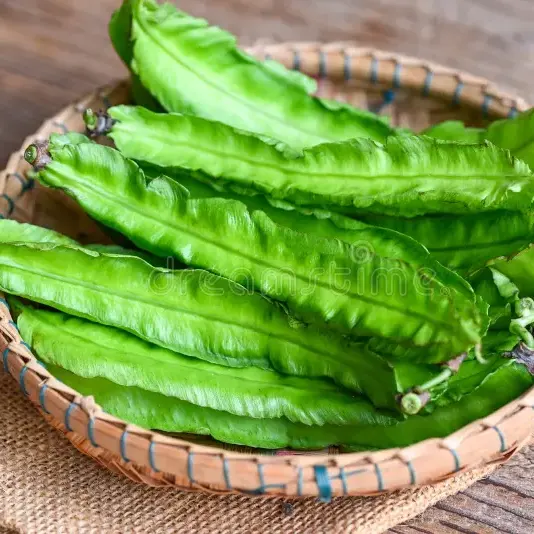

Winged Beans
Product Price:
₹60.00 Original price was: ₹60.00.₹45.00Current price is: ₹45.00.
Pack of 10 Seeds
Everyday essentials can support a healthier planet. This choice reflects a commitment to natural balance, using fewer resources and encouraging long-term use. Ideal for anyone looking to live more lightly and protect what matters most—our shared environment.
Description
🌿 Winged beans (Psophocarpus tetragonolobus) are tropical legumes celebrated for their versatility, nutrition, and beauty. Known by many names—Goa bean, princess bean, dragon bean, and four-angled bean—they’re a gardener’s dream and a nutritional powerhouse.
🌱 Botanical & Growing Profile
- Growth habit: Vigorous climbing vine, up to 3–4 meters tall
- Climate: Thrives in hot, humid regions—perfect for Kerala and much of South Asia
- Soil: Well-drained, fertile loam; pH 6.0–7.5
- Support: Needs trellis, fencing, or stakes to climb
- Sowing time: Monsoon (June–July) or late winter (Feb–March)
- Harvest: Pods ready ~75 days after sowing; tubers at ~120 days
🍽️ Edible Parts & Culinary Uses
Every part of the winged bean is edible:
| Part | Use |
|---|---|
| Pods | Stir-fries, curries, salads, pickles |
| Leaves | Cooked like spinach or added to soups |
| Flowers | Used in salads or to color rice/pastries |
| Tubers | Boiled, roasted, or made into chips |
| Seeds | Cooked like soybeans; used in flour or milk |
Flavor-wise, they’re nutty and slightly sweet—some say they taste like asparagus when raw.
🧪 Nutrition Highlights (per 100g)
- Protein: ~30g (rivaling soybeans!)
- Fiber: ~25g
- Vitamins: A, B1, B2, C
- Minerals: Iron, calcium, magnesium, phosphorus
- Antioxidants: Polyphenols, flavonoids
💚 Health Benefits
- Boosts immunity and eye health (vitamins A & C)
- Supports digestion and heart health (fiber & potassium)
- Aids muscle growth and energy (protein & phosphorus)
- Promotes healthy skin and pregnancy wellness (folate & iron)
🌟 Why Grow Winged Beans?
- Multi-use crop: Vegetable, pulse, green manure, animal feed
- Nitrogen fixer: Improves soil fertility naturally
- Low maintenance: Pest-resistant and adaptable
- Beautiful: Blue flowers and frilly pods add charm to gardens
Related products
-
Sale!
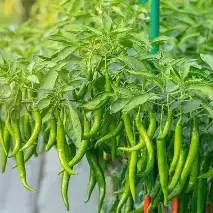
Chilli Rekha 919
₹40.00Original price was: ₹40.00.₹30.00Current price is: ₹30.00. Add to cart -
Sale!
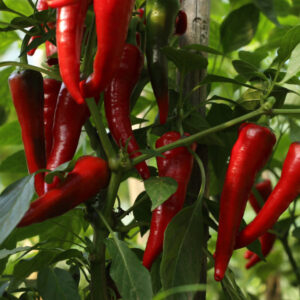
Byadagi Hot Chilli
₹40.00Original price was: ₹40.00.₹30.00Current price is: ₹30.00. Add to cart -
Sale!
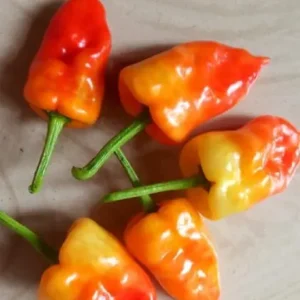
Sambar chilli
₹40.00Original price was: ₹40.00.₹30.00Current price is: ₹30.00. Add to cart -
Sale!
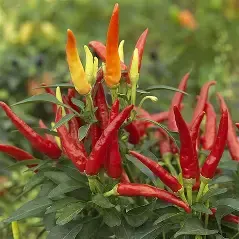
Surajmukhi Chilli
₹40.00Original price was: ₹40.00.₹30.00Current price is: ₹30.00. Add to cart -
Sale!

Bhaskara Chilli
₹40.00Original price was: ₹40.00.₹30.00Current price is: ₹30.00. Add to cart -
Sale!
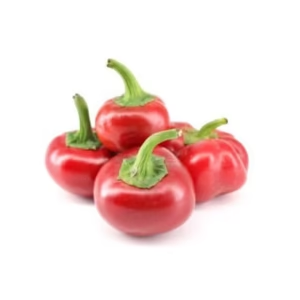
Cherry Chilli
₹40.00Original price was: ₹40.00.₹30.00Current price is: ₹30.00. Add to cart -
Sale!
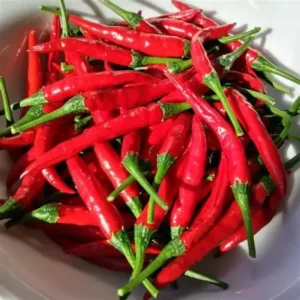
Chinese Chilli Spicy
₹40.00Original price was: ₹40.00.₹30.00Current price is: ₹30.00. Add to cart -
Sale!
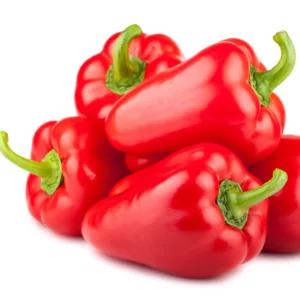
Capsicum Red
₹60.00Original price was: ₹60.00.₹45.00Current price is: ₹45.00. Add to cart -
Sale!
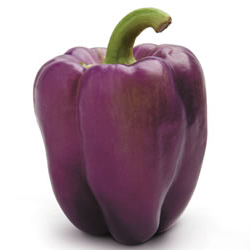
Capsicum Purple
₹60.00Original price was: ₹60.00.₹45.00Current price is: ₹45.00. Add to cart -
Sale!

Capsicum Green
₹60.00Original price was: ₹60.00.₹45.00Current price is: ₹45.00. Add to cart

GOSHO.STORE is your go-to online destination for quality products, great deals, and a seamless shopping experience. From everyday essentials to exclusive finds, we bring convenience, value, and customer satisfaction to the forefront of online shopping. Shop smart. Shop easy.
Shop with GOSHO.
Reviews
There are no reviews yet.